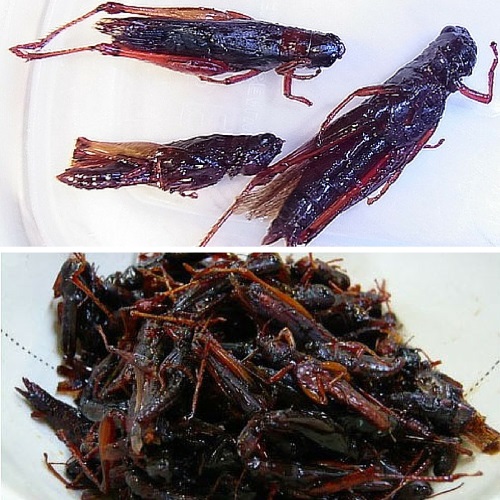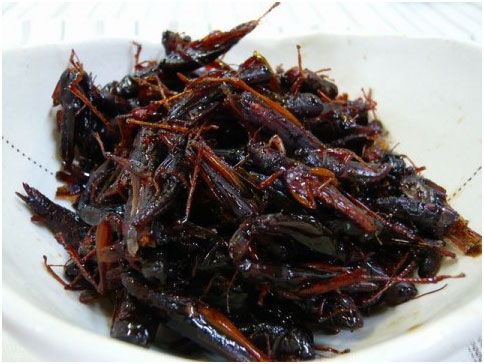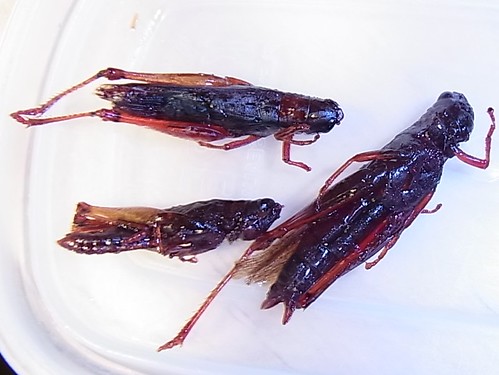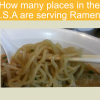Eating Grasshoppers And Locust - Inago No Tsukudani

One interesting unique delicacy in Japan that was popular in the past, but still can be found in some stores is Inago. Inago basically means in playing English, a “grasshopper” or “locust”. The most popular way to serve grasshopper or locust is to prepare it using the Tsukudani method.
The base of Tsukudani is basically a soy sauce/mirin sweet mixture that is then simmered along with any types of seaweed, seafood or meat items of your choice, in this case the inago (grasshopers).
So that is how it got its name “Inago no Tsukudani”!
Where can I get them?
Today Inago no tsukudani is not as popular as in the past, but is still common in rural areas such as Yamagata, the Nagano area and Guma. It was quite popular back in a day because it has a lot of proteins as this was hard to come by during that time.
You can still find it today in many department stores as there are several brands that make their own versions of Inago no Tsukudani.
You can also visit any tsukudani restaurants in Tokyo and you may find inago as an ingredient.

How to eat it?
The way to consume it is with a bowl of rice, so very basic as this is all is needed especially if you are a farmer and in need of proteins.
Inago Nutrinual Value
Grasshoppers have quite the protein content at about 15 to 30 g for a serving of 3.5 ounces. According to time.com, grasshoppers have about the same amount of protein content to chicken of the same size but it does have a bit more fat. This fat is a good source of good fat, that is unsaturated fat, according to the Agriculture and Food organization of the UN. This will help reduce the chances of heart disease down the road.

 by urasimaru
by urasimaru
You will find also traces of iron though very small but it also depends on the size of the bug.





